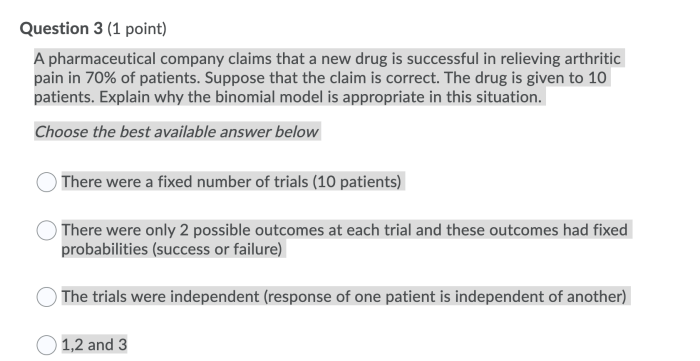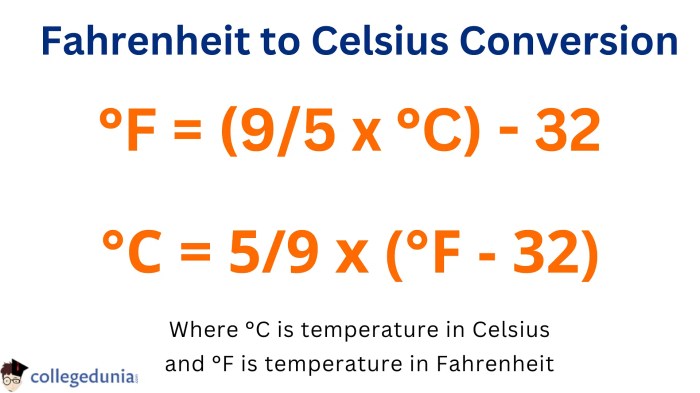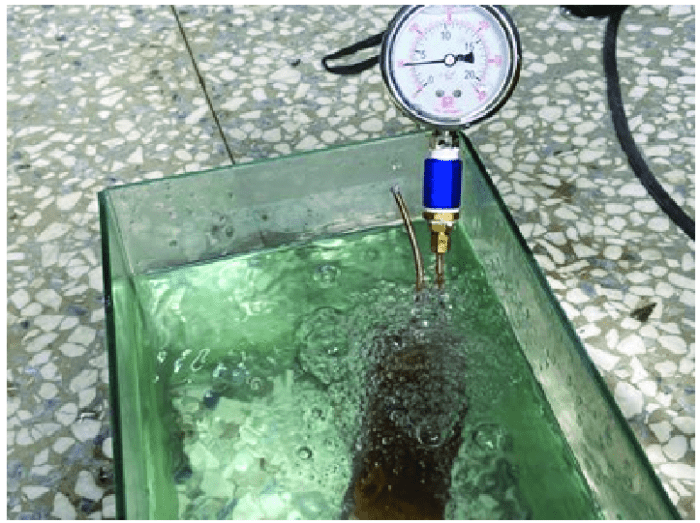Which Statement Is True About Conservation vs. Preservation?
Which statement is true about conservation versus preservation? This question delves into the heart of how we interact with the natural world, exploring two distinct approaches to safeguarding our planet’s resources and heritage. Conservation focuses on managing resources for sustainable use, while preservation emphasizes protecting resources in their pristine state.
Both approaches are crucial for maintaining a healthy and vibrant planet, but their strategies and outcomes differ significantly.
This exploration will unravel the core principles of conservation and preservation, examining their differences in goals, ethical considerations, and impact on ecosystems. We’ll also delve into the role of human involvement in each approach, highlighting the potential benefits and drawbacks of human intervention.
Finally, we’ll explore real-world examples of conservation and preservation initiatives in action, showcasing their diverse applications across various fields.
Key Differences: Which Statement Is True About Conservation Versus Preservation
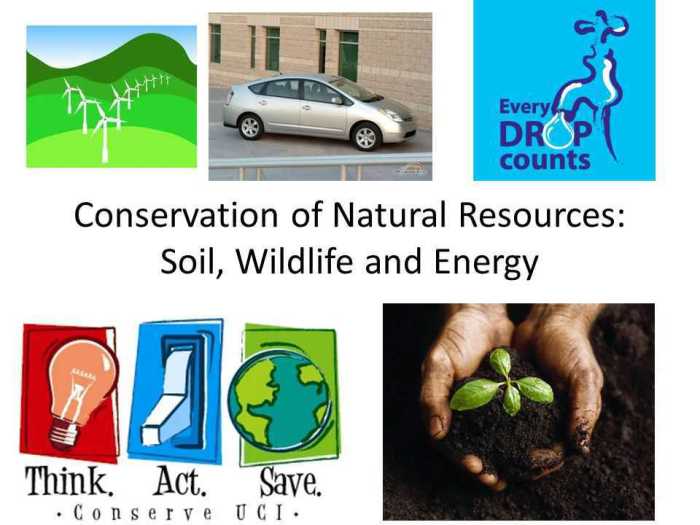
Conservation and preservation are two distinct approaches to managing natural resources. While they share the goal of protecting the environment, they differ significantly in their methods and objectives. Understanding these differences is crucial for making informed decisions about how to manage our planet’s resources.
Goals of Conservation and Preservation, Which statement is true about conservation versus preservation
Conservation and preservation differ in their goals. Conservation focuses on the sustainable use and management of natural resources. It aims to ensure that resources are available for future generations while meeting the needs of the present. Preservation, on the other hand, seeks to protect natural areas from human interference.
Its goal is to maintain the integrity of ecosystems and their natural processes.
Ethical Considerations
The ethical considerations involved in conservation and preservation are intertwined with their goals. Conservation emphasizes the ethical responsibility to manage resources for future generations. It recognizes the interconnectedness of humans and nature and promotes responsible stewardship of the environment. Preservation, on the other hand, prioritizes the intrinsic value of nature, arguing that natural areas have inherent rights to exist without human intervention.
Situations Where Conservation is More Appropriate
Conservation is more appropriate in situations where sustainable use and management are possible. For example, in forests, conservation strategies focus on managing timber harvesting to ensure the long-term health of the forest ecosystem. Similarly, in fisheries, conservation measures aim to regulate fishing practices to prevent overfishing and maintain healthy fish populations.
Situations Where Preservation is More Appropriate
Preservation is more appropriate in situations where human intervention would significantly disrupt the natural environment. For example, in wilderness areas, preservation aims to protect pristine ecosystems from development and other human activities. Similarly, in national parks, preservation efforts focus on maintaining the ecological integrity of the park’s natural features.
Examples of Conservation and Preservation in Action
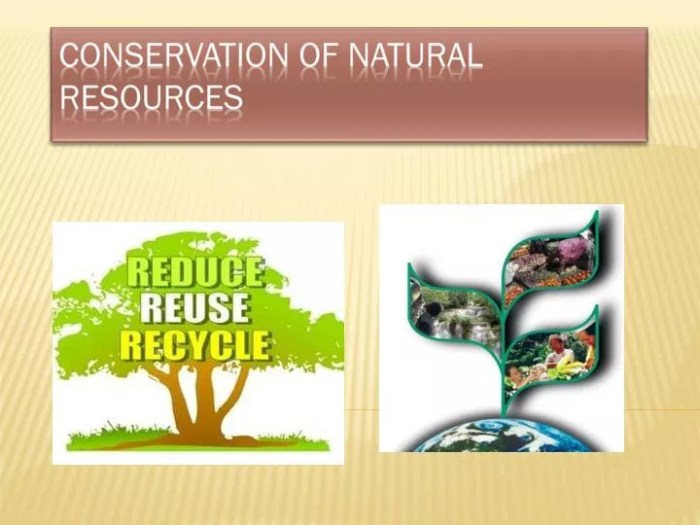
To understand the practical applications of conservation and preservation, let’s look at real-world examples across different fields. These examples demonstrate how these approaches are implemented to protect and manage valuable resources for the benefit of present and future generations.
Examples of Conservation and Preservation in Action
Here are some examples of conservation and preservation initiatives in action, showcasing their diverse applications and impact:
| Example | Approach | Key Features | Impact |
|---|---|---|---|
| Wildlife Conservation: Protecting endangered species like the African Elephant | Conservation | – Sustainable management of elephant populations through controlled hunting and habitat protection.
|
– Stabilization and potential recovery of elephant populations.
|
| Cultural Heritage:Preserving the Taj Mahal, a UNESCO World Heritage Site | Preservation | – Regular maintenance and restoration work to address environmental damage and wear and tear.
|
– Preservation of the Taj Mahal’s architectural integrity and cultural significance.
|
| Natural Resource Management:Sustainable forestry practices in the Amazon rainforest | Conservation | – Selective logging to minimize forest disturbance and allow for regeneration.
|
– Reduced deforestation rates and preservation of biodiversity.
|
| Environmental Protection:Reducing plastic pollution in the ocean | Conservation | – Implementation of bans and restrictions on single-use plastics.
|
– Reduction in plastic debris and pollution in marine ecosystems.
|
Last Point
Ultimately, the choice between conservation and preservation depends on the specific context and goals. Understanding the nuances of each approach is crucial for making informed decisions about resource management and environmental protection. As we continue to grapple with the challenges of a changing planet, embracing both conservation and preservation will be essential for securing a sustainable future for generations to come.


